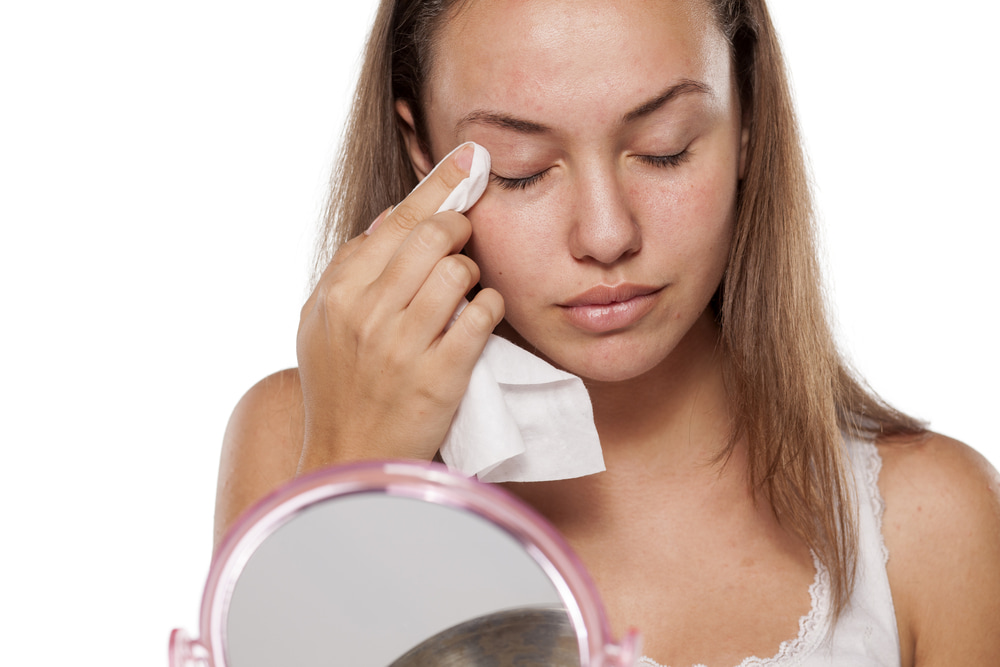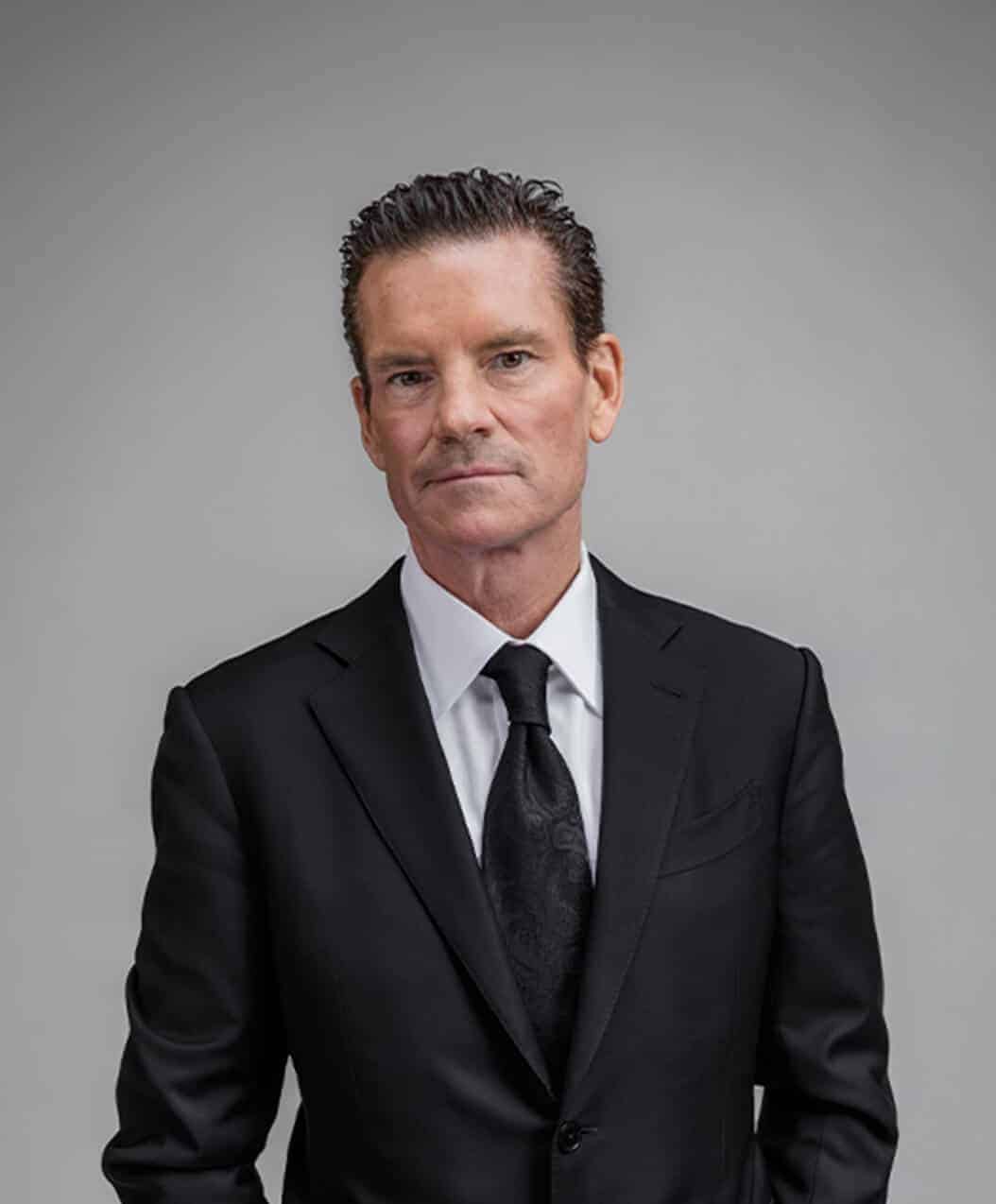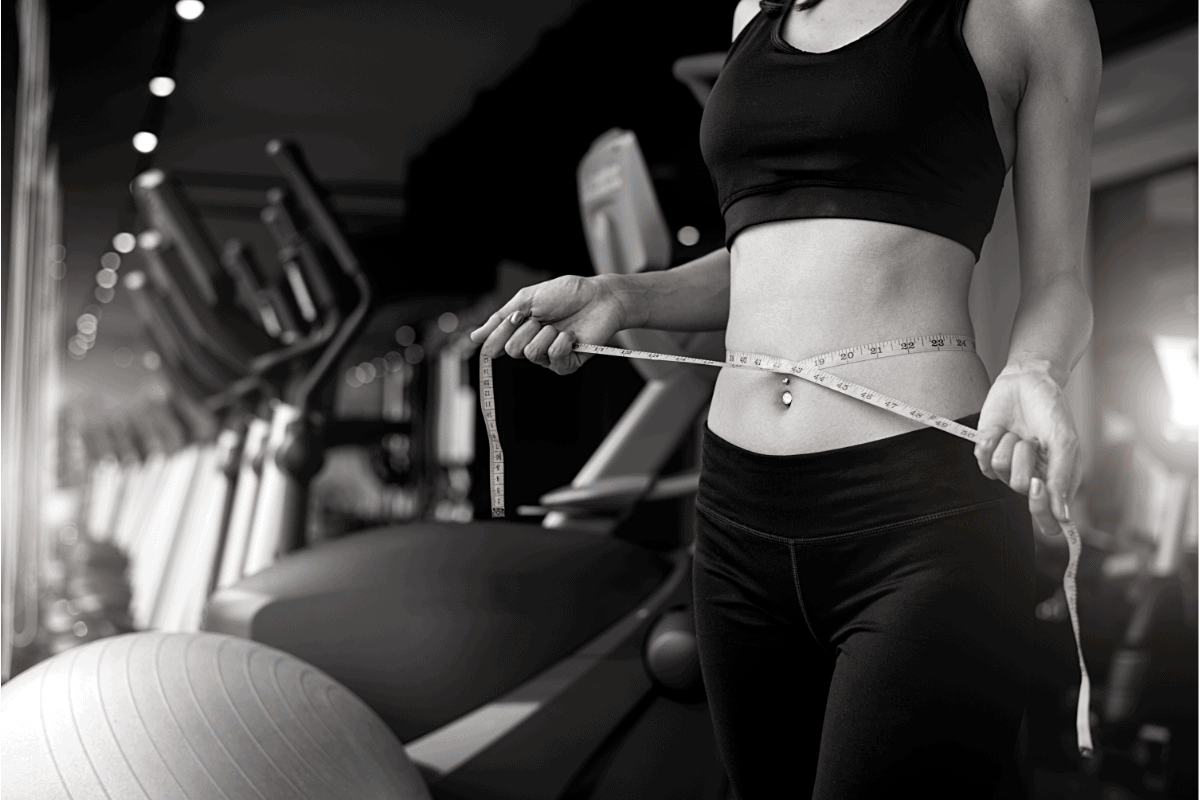August 9th, 2024
Dr. Mulholland, Md
Eyelid surgery is a type of plastic surgery that aims to improve youthfulness and rejuvenate the face by targeting drooping or sagging skin, bulging fat, or excess muscle around the eyes. As with all surgeries, maintaining good hygiene while you are healing from your procedure is important in ensuring a safe recovery that is free of any discomfort or complications. However, because the skin around the eyes is extremely sensitive, some special considerations should be made when cleaning your eyelids and the surrounding area following your eyelid surgery.
What Is Blepharoplasty (Eyelid Surgery)?
Eyelid surgery, or blepharoplasty, is a type of cosmetic surgery that repairs drooping or sagging skin around the eyes. This can involve surgery to the upper eyelids, lower eyelids, or both. The surgery can help you look more youthful and alert and eliminate dark circles or bags under and around your eyes.
Although blepharoplasty is often performed for cosmetic purposes, it may also be ideal for those whose excess eyelid skin interferes with their peripheral vision. If a very significant field-of-vision obstruction is being corrected, blepharoplasty may be covered by medical insurance, though this usually is not the case.
There are two types of eyelid surgery: lower blepharoplasty and upper blepharoplasty. With lower blepharoplasty, an incision is made under the lower lashes, and excess skin, muscle, and fat are then removed. Your surgeon may also redistribute fat within the area to improve puffiness or bulges. Lower eyelid surgery can also be performed with no external incision, which results in no visible scarring. With upper blepharoplasty, an incision is made in the upper lid crease, and excess skin and fat are removed. A portion of the orbicularis oculi, which is the muscle that closes the eyelid, may also be removed during upper eyelid surgery in order to keep the eyelid taught. Your surgeon will most likely remove fat closer to your nose but preserve fat in the middle of your eyelid to avoid a sunken appearance. The eyelid is closed with stitches.
What Is The Purpose Of Eyelid Surgery?
Eyelid surgery is performed to create a more youthful, alert appearance. Candidates for blepharoplasty are often self-conscious about excess skin, fat, or muscle around their eyes and the effect this may have on their appearance. Whether performed on the upper or lower lids, Blepharoplasty can result in heightened self-confidence and more self-assurance. For those whose excess eyelid skin obscures their peripheral vision, blepharoplasty can also significantly improve their quality of life.
A consultation with Toronto Plastic Surgeons will help you determine what type of blepharoplasty is ideal for your desired outcome.
Keeping Your Eyelids Clean After Surgery
Keeping your eyelids clean after your blepharoplasty procedure is an important step in ensuring your recovery involves no risk of complications. You should clean your eyelids as soon as the protective gauze or cotton pads placed on your eyes following your surgery can be removed.

Before cleaning your eyelids, always wash your hands thoroughly with warm water and antibacterial soap. Then, use a saline solution and sterile gauze pads to gently clean the lids to remove superficial debris and any crusts that may have formed (you may need to soak the sterile gauze pads, and hold them over your lids to soften any crusts). Keeping your eyelids closed, gently dab at the eyelids to clean and clear away the crusts or debris, and clean your eyelashes from the root to the tip.
Repeat this process twice a day for at least two weeks following your surgery.
5 Additional Tips for a Successful Recovery
- Expect To Take Time Off. It’s important to rest in the days immediately following your surgery, to ensure your eyes have time to heal. You should take at least 48 hours off. Medication that acts as a blood thinner, such as aspirin, should be avoided. You will likely be prescribed pain medication, as well as antibiotics, by your plastic surgeon, and may use Tylenol or acetaminophen if needed to help manage any pain.
- Avoid Any Strenuous Activities. You will experience some bruising and swelling and may experience some mild bleeding after your surgery. You can alleviate these symptoms by applying light pressure to your eyes with a cold compress or ice packs. Avoiding strenuous activities that raise your blood pressure in the first few days after your surgery will help reduce swelling and eliminate the likelihood of bleeding. While typically performed in separate sessions, blepharoplasty and body sculpting procedures like liposuction or mini tummy tuck are often part of a broader aesthetic plan focused on full-body rejuvenation and rest-conscious recovery.
- Protect Your Eyes. It’s important to protect your eyes from sunlight and high winds immediately following your surgery. Avoid sun exposure, and if you are outside, wear dark sunglasses with frames that cover your eyes and shield the sides of your face, thus protecting your eyes from peripheral sunlight and wind. Your surgeon may also suggest using eye drops to help alleviate any dryness. For those seeking more comprehensive facial rejuvenation, blepharoplasty is often paired with a neck lift to enhance harmony across the jawline and lower face.
- Limit Strain & Stress On Your Eyes. Unfortunately, spending too much time reading, looking at a computer screen, or watching TV will cause too much strain on your eyes immediately following your surgery. Try to limit the time you spend engaging in any of these activities to speed your recovery.
- Get Plenty Of Sleep. The best way to ensure a speedy, full recovery from your blepharoplasty is to rest your eyes by getting plenty of sleep. Nap if you feel tired, and don’t schedule any important activities or appointments in the weeks following your surgery to ensure you’ll be able to rest if and when you need to. While blepharoplasty focuses on facial rejuvenation, many patients also explore broader transformations, combining it with body procedures like a Mommy Makeover or addressing intimate concerns through treatments such as labia puffing – each tailored to their unique goals.



